AMAZON multi-meters discounts AMAZON oscilloscope discounts
Your attic is the heart of your house, and nine out of ten homes are dying because they can’t get enough oxygen. A house has to breathe just as you do. You are inhaling and exhaling some 16 times a minute. Your home has to have a respiration rate of at least once every six minutes to stay healthy, air flow authorities say. See Fig. 1-1.
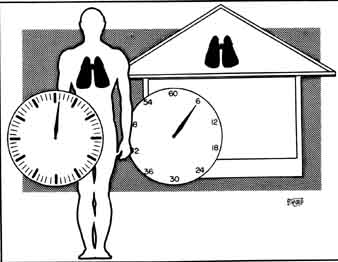
Fig. 1-2. Humans breathe 15 to 16x/min. An attic must have a respiration
rate of approx. once every six minutes.
Ventilation, in its shortest and simplest terms, is defined as air movement. It is admitting fresh air to replace stale air. A ventilator is any apparatus or device that allows the free movement of air, i.e., a hole. See Fig. 1-2.
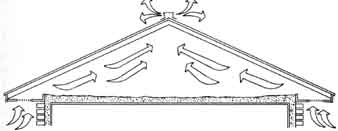
If you open a door to a closed room, you have allowed air to move in and out of that room. Your opening the door created ventilation. If you open a window in that same room, you have produced a second ventilator. Air passes through the door or window and out through the door or window and ventilates the room.
To ventilate is to fill with holes. Caveman couldn’t live in caves that had no air circulation. Most caves have at least one air hole. Man’s foremost basic needs are food, clothing, shelter, and health. Ventilation can and does affect all four of them! Food will quickly spoil if it stays exposed very long to very moist air. Get a lot of dampness in your clothes closet, and your garments will mildew and ruin. Fungus will make a mess and destroy everything in the closet. Seal a shelter too tightly, and the people in it will suffocate. If the dwelling is too open, the occupants will alternately freeze or suffer from heat, depending on the seasons. An unhealthy shelter will affect the health of those who live in it. See Fig. 1-3. Ventilation is life: one definition of ventilate means to aerate or oxygenate the blood.

Fig. 1-2. Air is inhaled through the soffit vents and exhaled through
the roof ventilator.
Proper ventilation is an essential to shelter, but it is one of the most misunderstood and misused concepts in modern construction. A shelter is designed as a place to live and be protected from the elements. Keeping the rain out of the dwelling is one of its purposes.
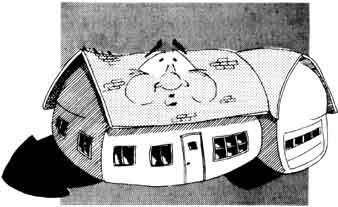
Fig. 1-3. A house that can’t get its breath is going to suffer damage and keep its occupants very uncomfortable, and possibly affect their
health.
WATER
To understand ventilation and air, it will be helpful to remember the basics about the rain cycle or water cycle. Water is composed of two atoms of hydrogen and one of oxygen, H When they are chemically linked together, they become one molecule of water. Water exists in three physical states. When it is a liquid it is water. When it is a solid it is ice. When it is a gas, it is referred to as vapor, water vapor, or gaseous water. Water is constantly changing states from water to ice to gas. Its change from one state to another depends on temperature changes.
When the sun shines on a frozen pond, the ice melts and becomes water. When the sun gets hotter and hotter, some of the water in a liquid state will start to evaporate and move to a gaseous state. Warm air currents will lift the gaseous water to elevations where the air becomes cooler. At certain temperature levels, the gaseous water is converted back to a liquid state. Large masses of gaseous water are called clouds. When clouds are confronted with enough of a temperature drop, it rains. If the rain comes into your house, you have problems.
The primary reason houses and buildings are ventilated is to let rain out of them that we create! When the world got out of bed this morning, most of the population took a bath or shower. An ocean of coffee was on millions of stoves or electric makers. Some of the water from the bathroom and the perking caffeine immediately converts from a liquid to a gas. The vapor (Fig. 1-4) goes right on through the ceiling if there is no vapor barrier in the ceiling to stop it. When this gas or vapor reaches the attic, it will literally rain in the attic if the temperature up there is cooler than in the living area of the house! The vapor changes back to a liquid when it hits the colder attic air.
If the house is ventilated effectively, the water in the gaseous state will be carried away by the air moving—the natural respiration rate—out of the attic before condensation can occur. Because the house will exhale every six minutes if it has a healthy breathing pattern, the vapor doesn’t get a chance to wet your attic, drowning your insulation, the wiring, and the structure itself.
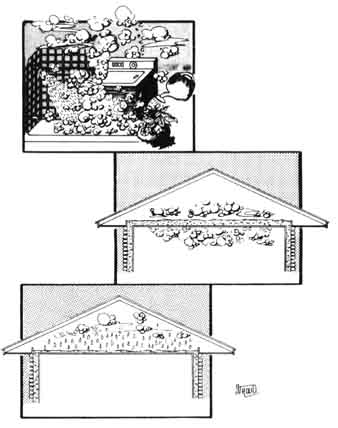
Fig. 1-4. Showers, flowers, and washing machines are among the things
that can cause it to be raining in your attic.
FUNCTIONS OF VENTILATORS
Although a ventilator is just a hole in a house, this hole must perform three important functions. It must allow for the passage of air, it must hinder the entrance of the outside elements, and it must block insects from entering the home. Keeping these three duties in proportion is extremely important. If one function is changed, it affects one or both of the others. For example, if the air passage is enlarged too much, the weather protection decreases or the insect protection decreases. Covering the hole with grills or screens too much will restrict the size of the air passage.
“The basic rule of ventilation,” says one of the world’s foremost authorities on air flow—“is that the temperature in your attic should be as close as possible to the outside temperature at all times. This prevents condensation.”
It is actually raining in some attics right now, Jones emphasizes. “A lot of people think they have a leaky roof,” he says. “They don’t. They have such poor ventilation that it is literally raining in the attic.”
VENTILATION SAVES INSULATION
Thick, fluffy insulation can be compressed by the condensation, and most people won’t even be aware it is happening. The efforts of millions of people to achieve more and more energy efficiency are being destroyed because their attics are destroying every application in which they invest (Fig. 1-5).
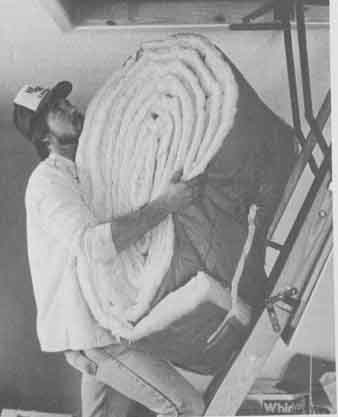
Fig. 1-5. Putting new insulation in an attic that has destroyed
the old insulation is very expensive.
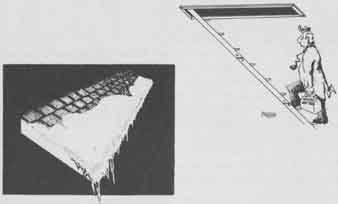
Fig. 1-6. Icicle formations often indicate that there is ‘sickness’
in the attic that requires a ‘house doctor’. Sooner or later, a sick attic
will result in costing you a lot of money.
Your insulation might already be ruined if you haven’t examined it in a long time. If it isn’t too late, you might be able to save your insulation and stop your house from receiving any additional damage by quickly giving it the air it needs. As insulation gets soaked, it compacts and turns into a heat conductor instead of an insulator. The wood—and everything else—in the attic gets drenched, and the deterioration starts. Wood will rot if it is trapped in water long enough. This is especially true when wood is subjected to the terrible conditions that exist in dying attics.
“Attics are literally crying real water because they can’t get enough air to breathe,” Paul Jones declares. “All these horrible things are happening to millions of homes because they need a few ventilation vents. Millions of dollars of insulation are being lost, and frightening damage (is) being done to homes because they need maybe $50 to a $100 worth of ventilation equipment!”
Lots of attics sport icicles every winter. The water freezes because there is not enough attic air circulation to exhale the moisture. When the temperature goes back up, the ice melts, and more water pours on the insulation. Most soft insulation has a bit of moisture content in it, when it is installed, energy engineers point out. The saturation quickly soars when it is placed in a water-loaded attic.
Wood deterioration gets right to the essence of the house investment. Living things that get their air supply cut off die. People do not usually live in attics, but the masses evidently assume that it should be rather pleasant up there. See Figs. 1-6 and 1-7.
“The attic should be as uncomfortable as the living space of the home is comfortable’ Jones says. “They are totally different environments. People are learning a most expensive lesson that all energy concepts and devices have to have air, and that includes the insulation.”Prev.: Introduction
Next:Trouble Signs